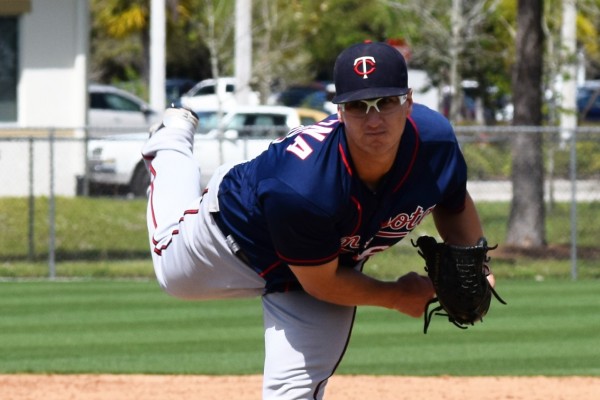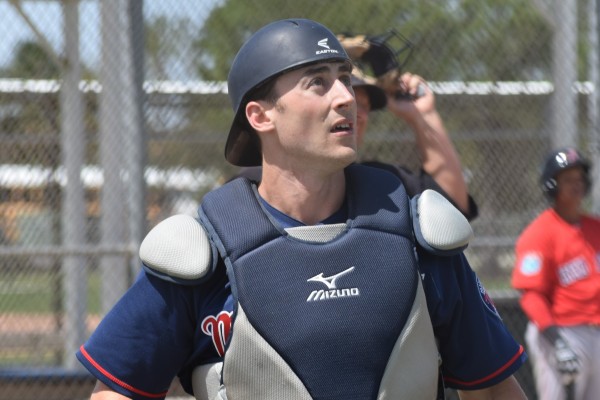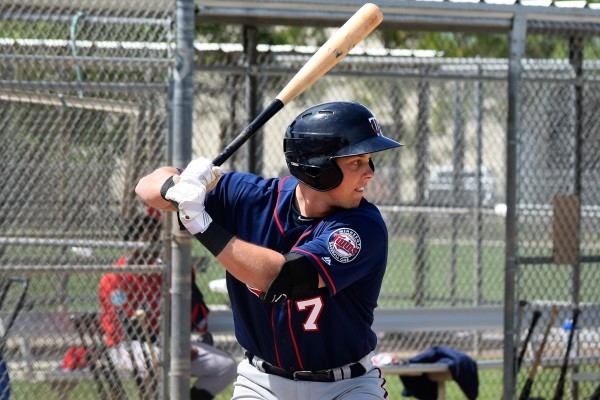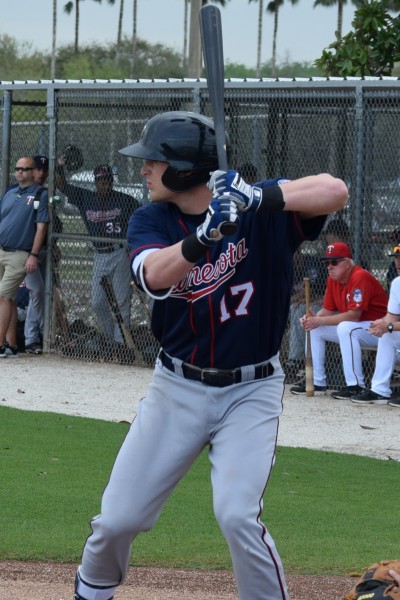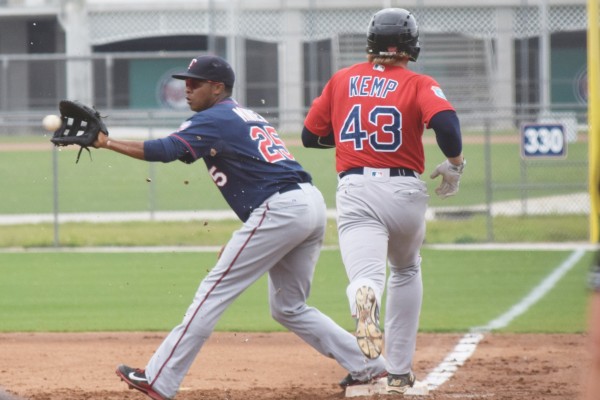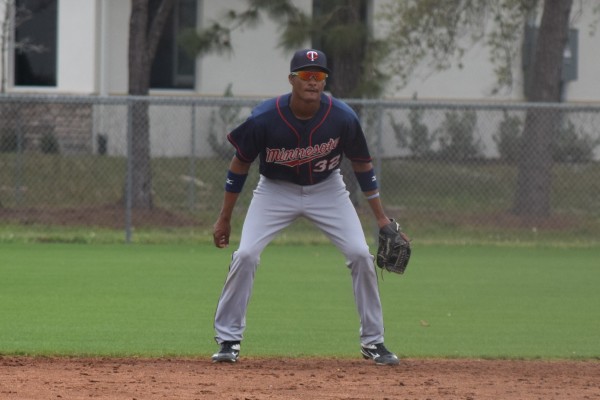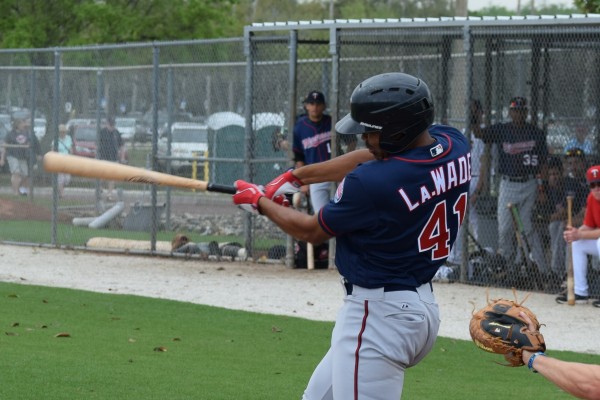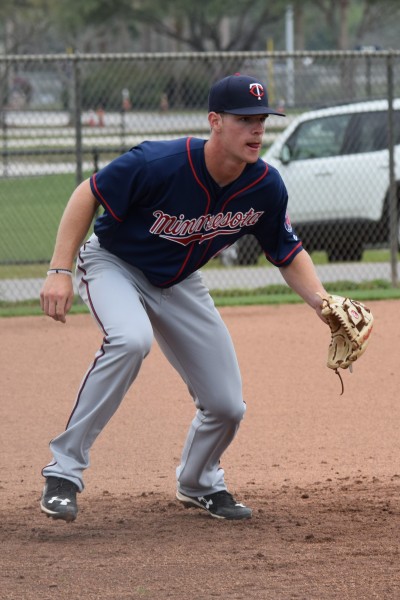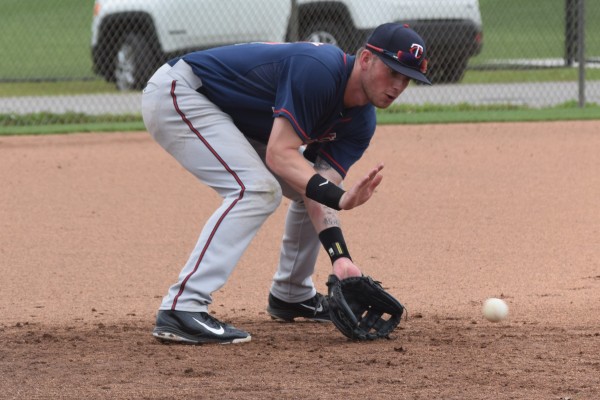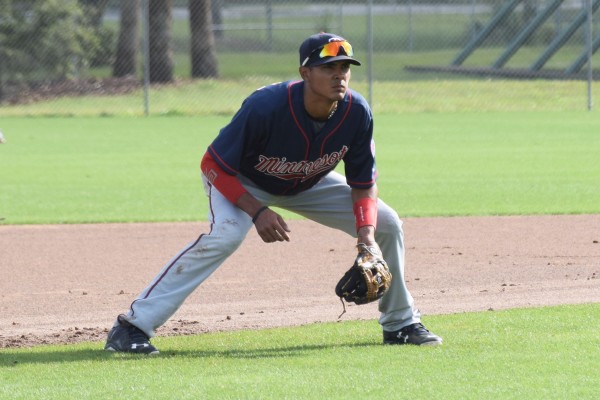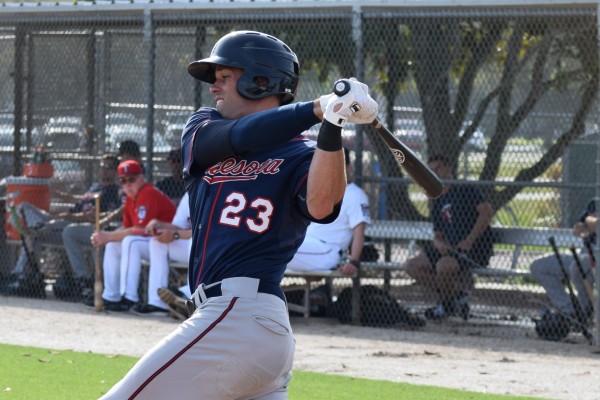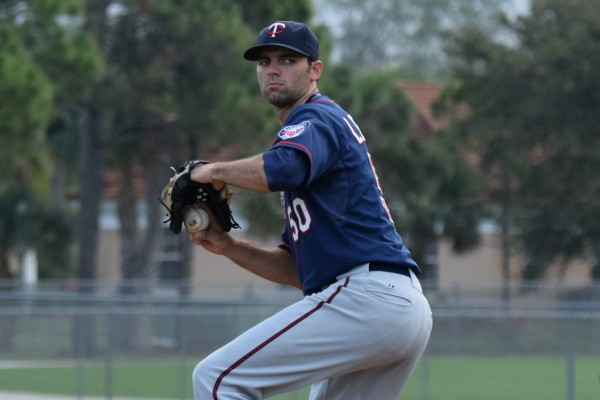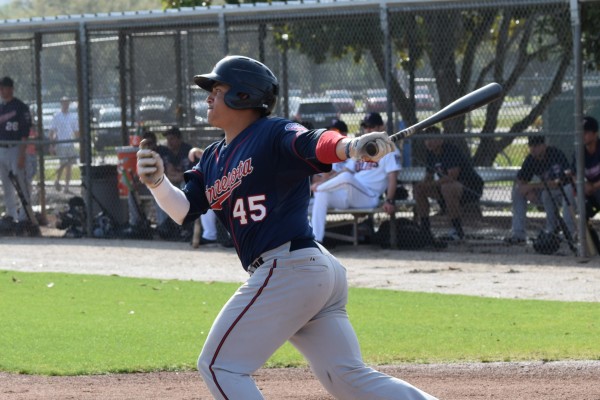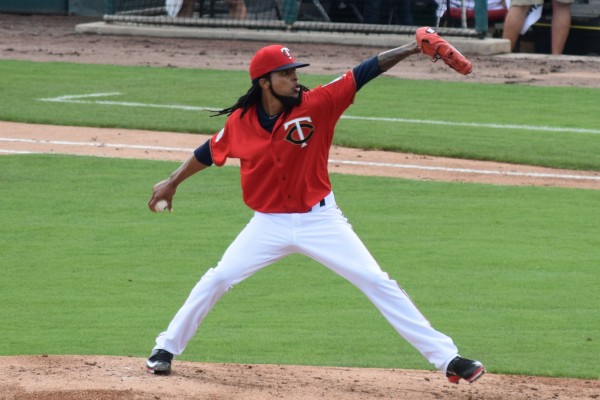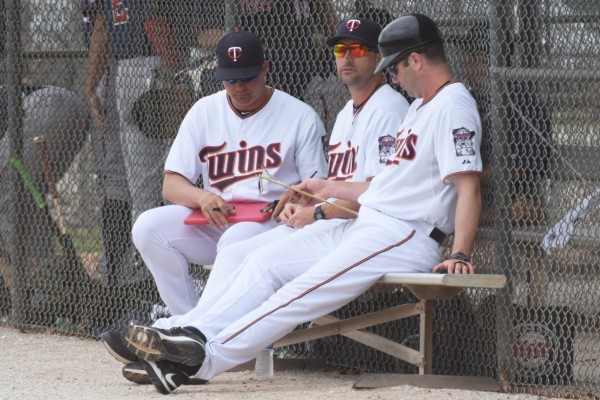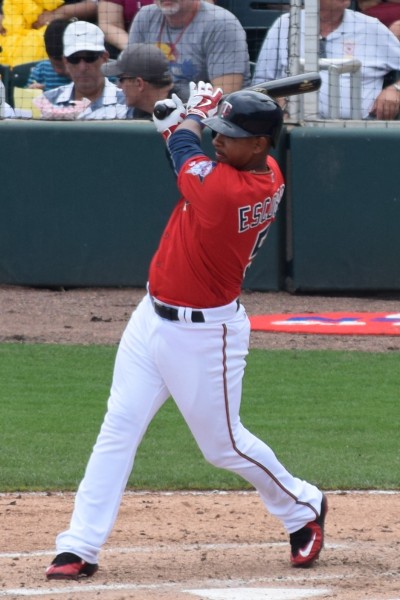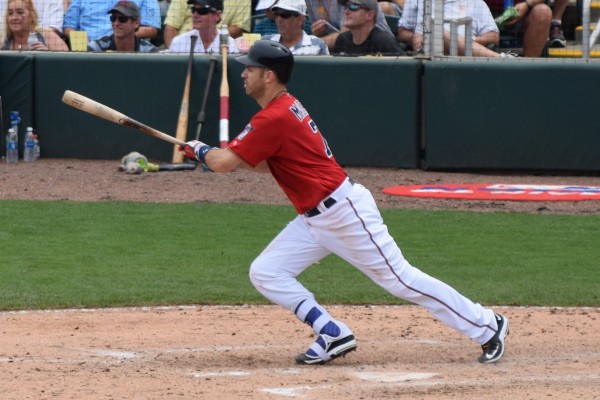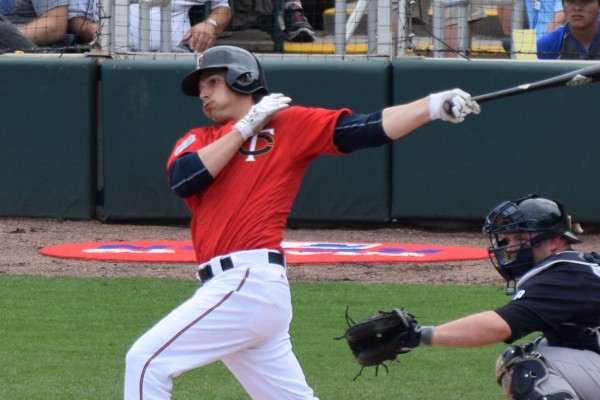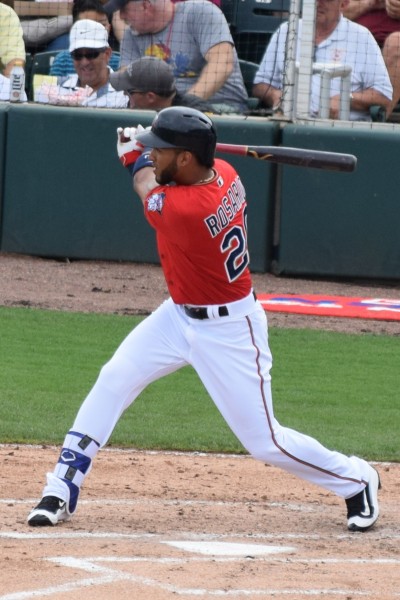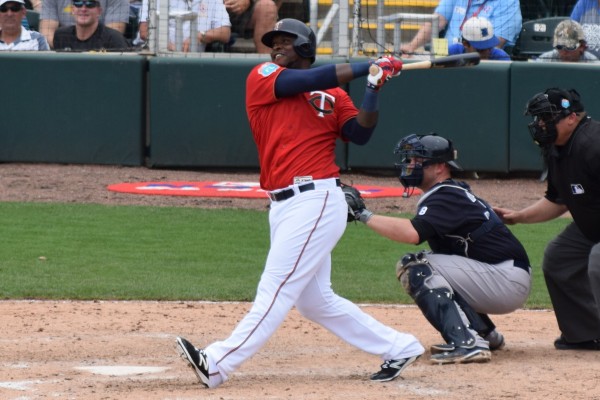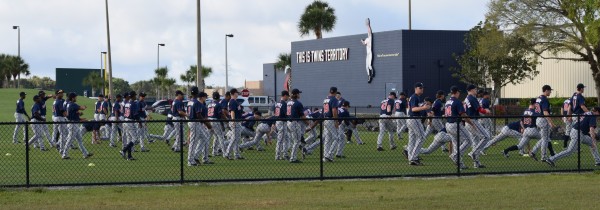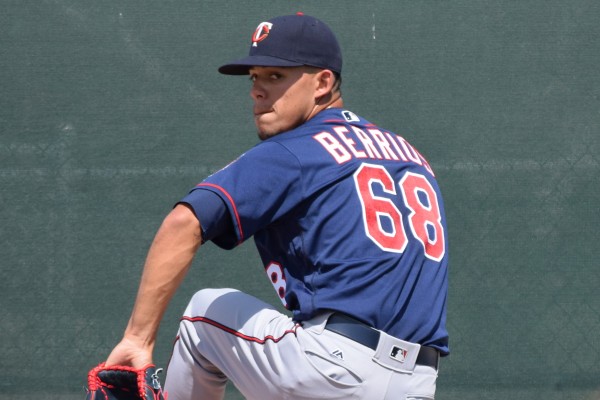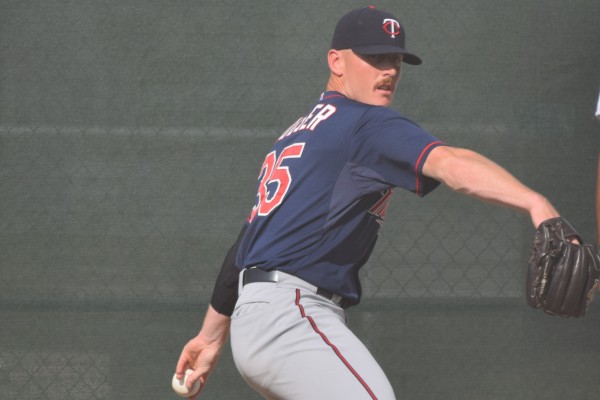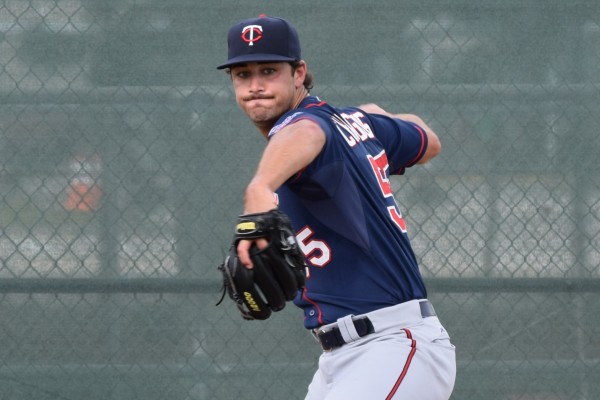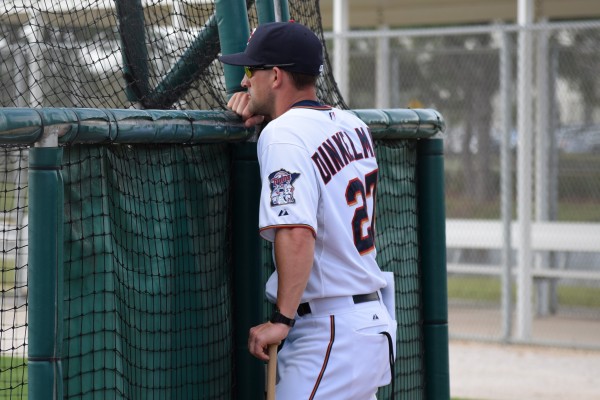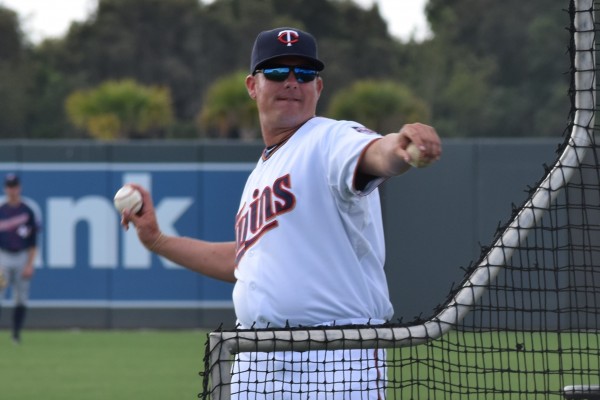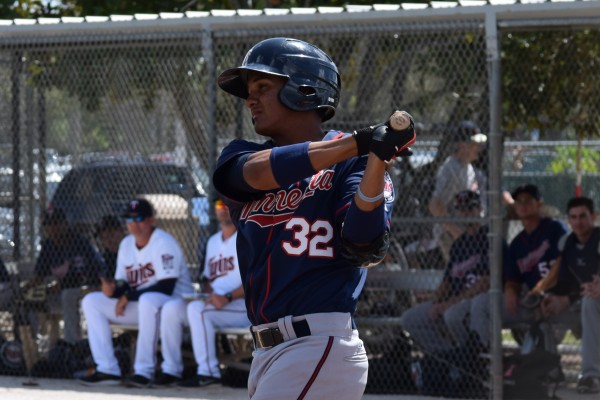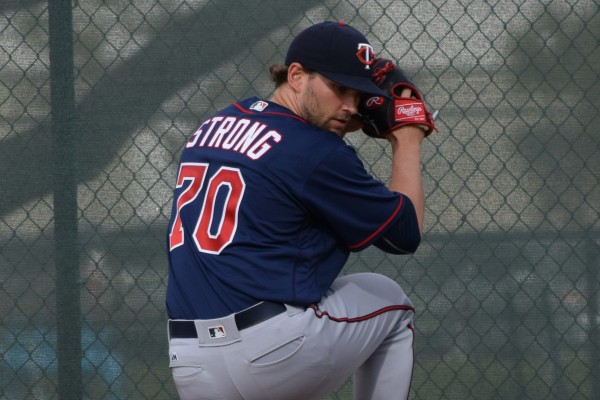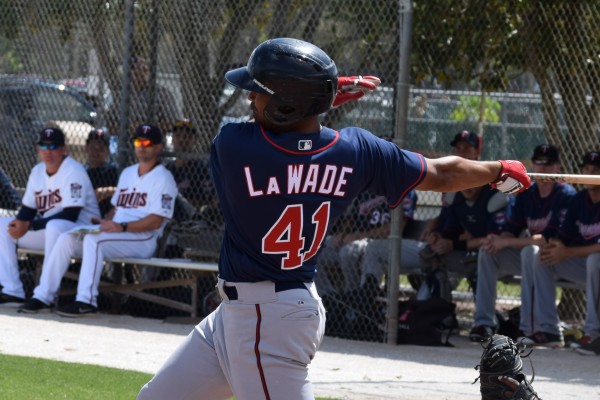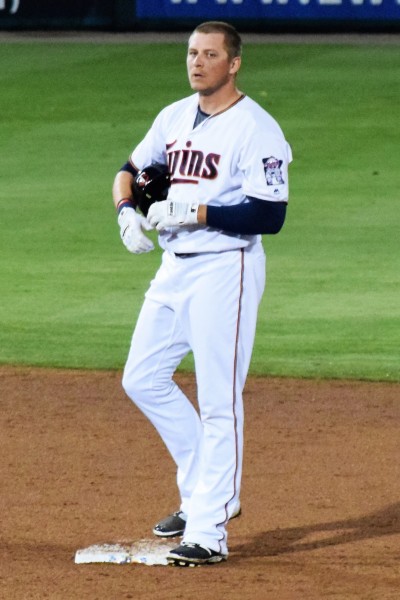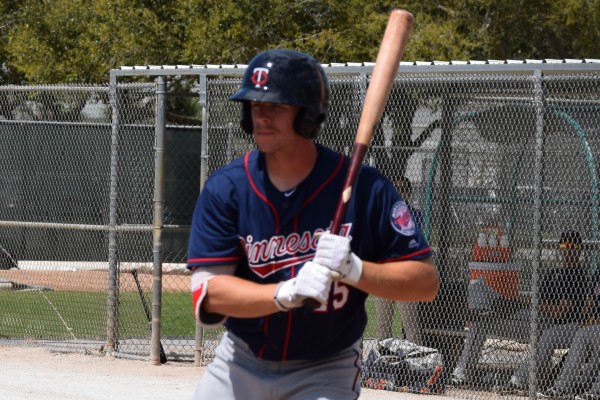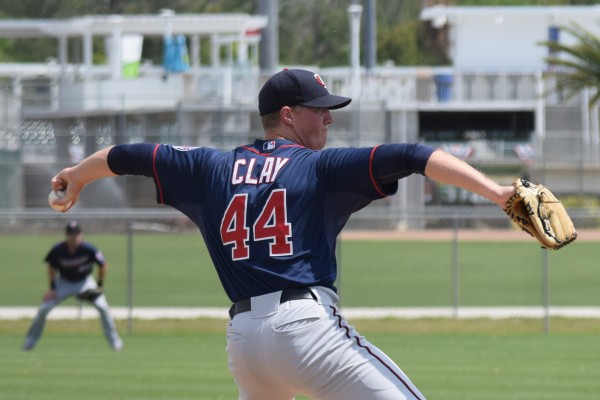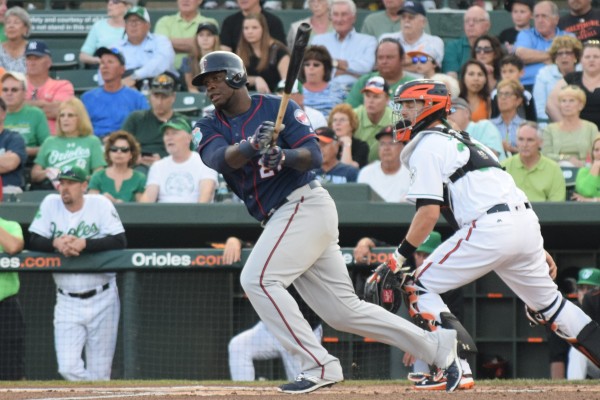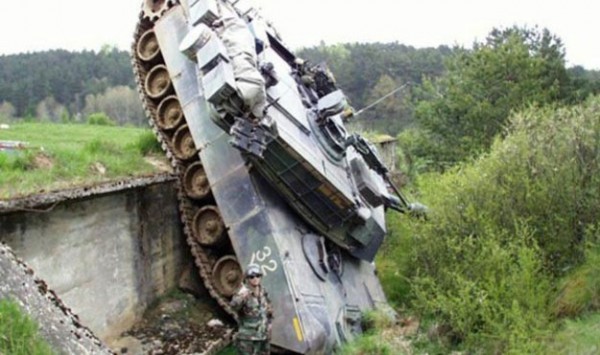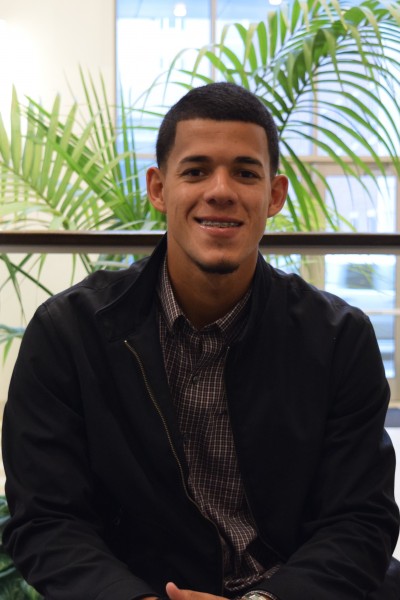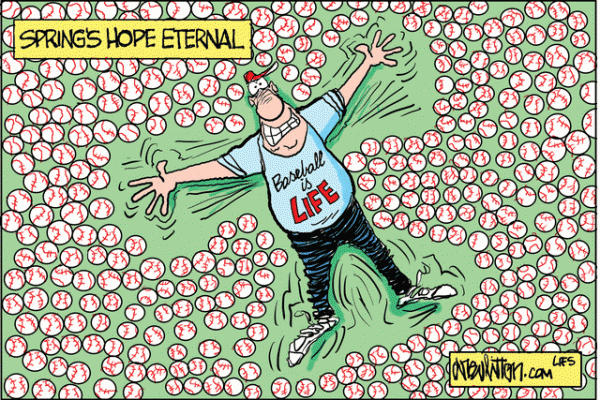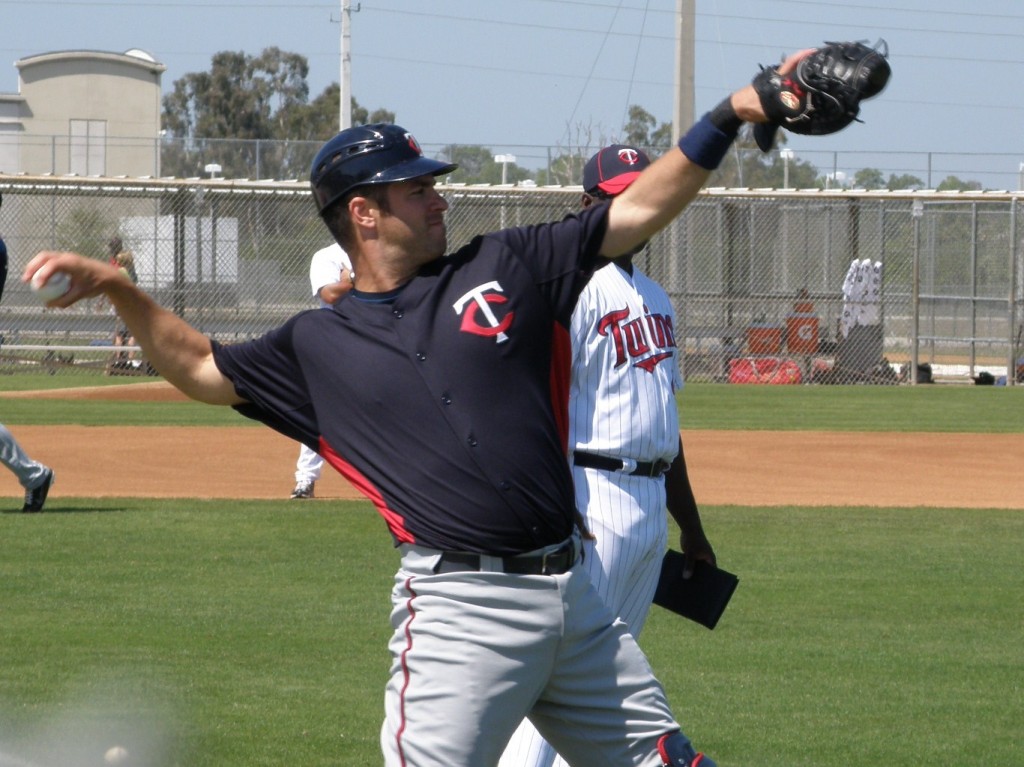Entering the spring, there appeared to be eight pitchers contending for the five rotation spots on the Twins’ Opening Day roster. I thought that constituted more depth than at any time in the past several years.
Absent injuries (or, as we learned last season, lengthy suspensions for PED use), Ervin Santana, Kyle Gibson and Phil Hughes were going to be starting games in their Twins uniforms. Tyler Duffey, to me, had showed enough in 2015 that he shouldn’t be too concerned about his roster spot.
That left one rotation spot up for grabs between Tommy Milone (the lone lefty in the group), Trevor May, Jose Berrios and Nolasco.
With those four options, how did we end up with Ricky Nolasco opening the season as the Twins’ fifth starter?
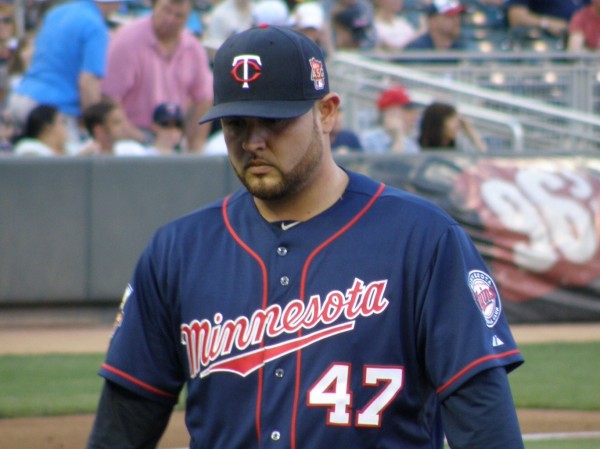
May was told early in March that he’d be opening the season in the bullpen, ending his participation in the rotation sweepstakes.
Berrios was informed that he isn’t ready for prime time and will open his season at Triple-A Rochester.
Milone had a good spring, assuring that the Twins will have one southpaw in their rotation, but instead of claiming the final starting spot, he essentially claimed the fourth spot and bumped Duffey down into a one-on-one face-off with Nolasco for the final spot.
As Edward Thoma writes in a very good piece over at his Baseball Outsider blog, the situation with Duffey is troubling on several levels.
Let’s be clear about one thing – Duffey didn’t pitch particularly well this spring. That’s something he readily admitted himself when interviewed following his demotion to Rochester this week. Nolasco hasn’t been terrific, either, but he has had somewhat better stats than Duffey (though much of Nolasco’s work was against minor league hitters on the back fields of the Twins’ complex).
But, as Thoma reminds us in his post, Duffey wasn’t told, entering spring training, that he needed to have better statistics than the other contenders to earn a rotation spot. In fact, he was told to work on his change up, which he did. That work didn’t go particularly well as he and his developing change up got knocked around quite a bit.
If Duffey had been told he needed to put up better stats than Ricky Nolasco to go north with the Twins, last year’s experience would suggest to us that he’d have had little trouble besting Nolasco simply by using his existing repertoire of two fastballs and two breaking balls.
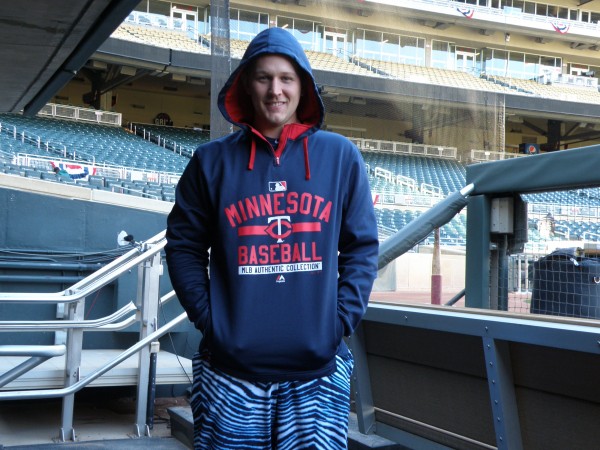
However, the change up is pitching coach Neil Allen’s baby. Since being hired to Molitor’s staff, the one thing written about Allen more than anything else is his devotion to the change up. Since Duffey used his change up all of about 2% of the time during his 2015 time with the Twins, it’s not surprising that Allen would be pushing him to improve that pitch.
But Duffey, without a change up, wasn’t a borderline fifth starter for the Twins at the end of 2015. He was arguably the most effective starting pitcher they had.
Would an effective change up be helpful to Duffey? Certainly. But even without one, he was pretty damn good last summer. Certainly better than almost anyone would reasonably expect Nolasco to be at this point.
Did Duffey’s focus on his change up this spring, in lieu of spending the time sharpening his existing pitches to prepare for the season, cost him a rotation spot that was his to lose entering spring camp? If so, did he really lose his spot or did a Neil Allen obsession with the pitch cost Duffey that spot and, by extension, cost the Twins games Nolasco eventually loses that Duffey, sans change up, would have won?
Allen’s predecessor as Twins pitching coach, Rick Anderson, became famous – or, more accurately, infamous – for implementing a system-wide “pitch to contact” philosophy that de-emphasized strike outs. That philosophy was adopted at every level of the Twins’ system and it was rare (to say the least) to see pitching prospects who did not embrace that philosophy rise to the big league level with the Twins.
We will never know how different the Twins’ fortunes might have been had they put more emphasis on missing bats throughout the organization during Anderson’s term with the Twins. What we do know is that, during the latter years of Anderson’s era, while he was enforcing his obsession, other teams were developing pitchers with better velocity and winning more games than Anderson’s staffs of comparative soft-tossers were.
I’m hoping we are not witnessing something similar with regard to Allen and his love for the change up, but if Duffey’s spring is any indication, it’s something we should keep an eye on.
Just as it was perfectly fine for Anderson to expound on the advantages of developing sufficient command and control to find spots where hitters are most likely to make weak contact, it’s also perfectly fine for Allen to preach the benefits of a good change up.
The problem comes when those sermons become absolute dogma that is forced upon every pitcher in the organization to the point where it is made clear they have no future in the organization without following it.
Heading into spring training, we are always told over and over again that we shouldn’t read too much into spring stats. Pitchers are often focusing on particular pitches, which hitters figure out pretty quickly during a spring game, so we shouldn’t get too excited about, or too down on, particular players based simply on stat lines.
That’s fine.
So, if we throw out the stats, explain to me again why Tyler Duffey and Jose Berrios are going to be wearing jerseys with Red Wings on the chest in April, while Ricky Nolasco is taking the mound for the Twins every fifth game.
I can’t think of any reasons for that, other than that Duffey was told he needed to spend his spring focused on developing a change up, which he arguably has demonstrated he did not need to effectively retire Major League hitters, and that the Twins can retain control over Berrios for an extra year if he spends a couple of months in Rochester to open the season.
OK, that’s not really true. I can think of about 25 million other reasons. But I hope that the Twins have reached the point where money isn’t the primary factor behind roster decisions.
The only thing that should matter to the Twins is, “who can get out big league hitters better?”
I’m sorry, but there is no way I can look at the group of May, Berrios, Duffey and Nolasco and be convinced that the best option for the Twins’ fifth rotation spot is Ricky Nolasco.
Whether the reason Nolasco is in this rotation is because the front office didn’t improve their bullpen enough to allow May to move into the rotation or because they want to keep Berrios’ big league service clock from starting until June or because Duffey was told to focus his spring on a pitch he doesn’t need or because the Twins don’t want to throw the $25 million they still owe Nolasco down the toilet, the result is that the Twins are likely to lose more games in 2016 than they would have with one of the other three pitchers opening in the rotation instead of Nolasco.
The Twins may have pulled themselves out of the ranks of the irrelevant in 2015, but they won’t be contenders again until the first and only factor determining the make-up of their roster is winning baseball games and the last I knew, games won or lost in April count exactly the same as those in June, July, August and September.
-Steve




